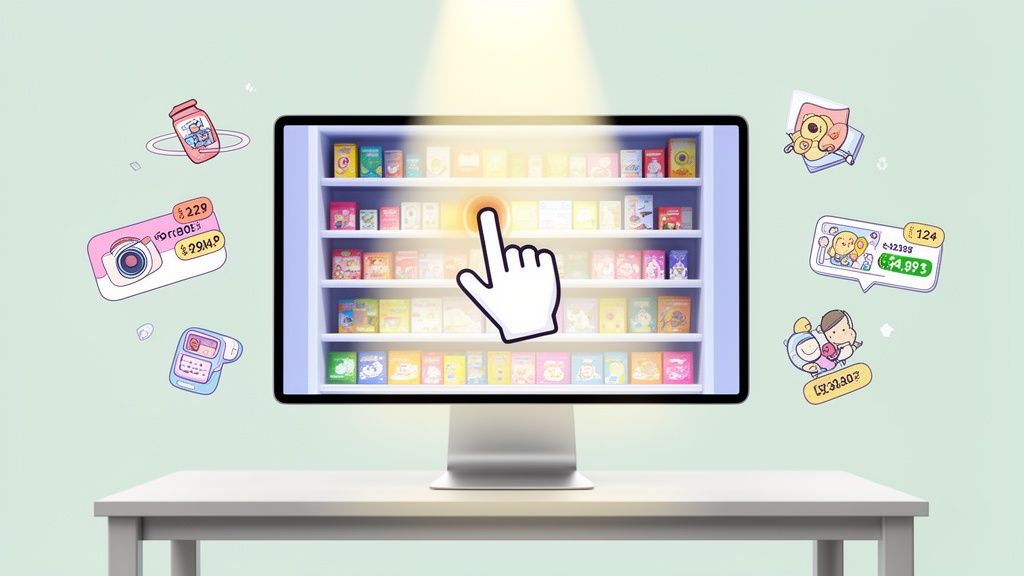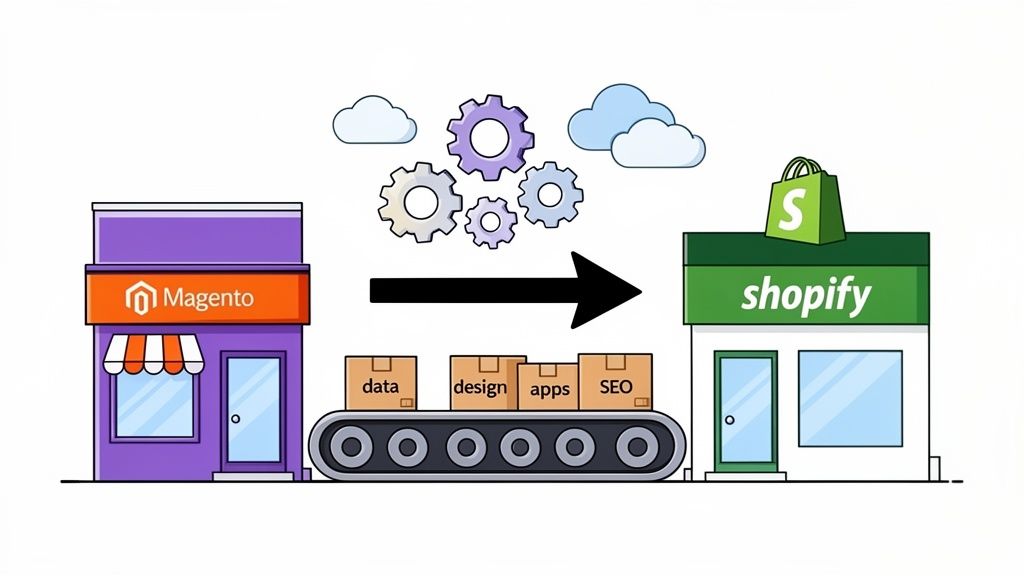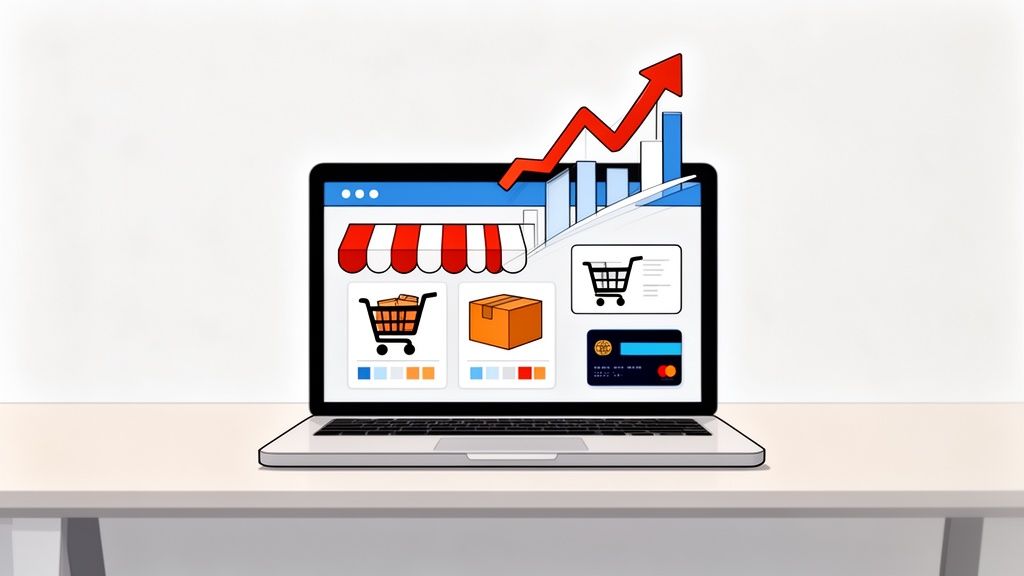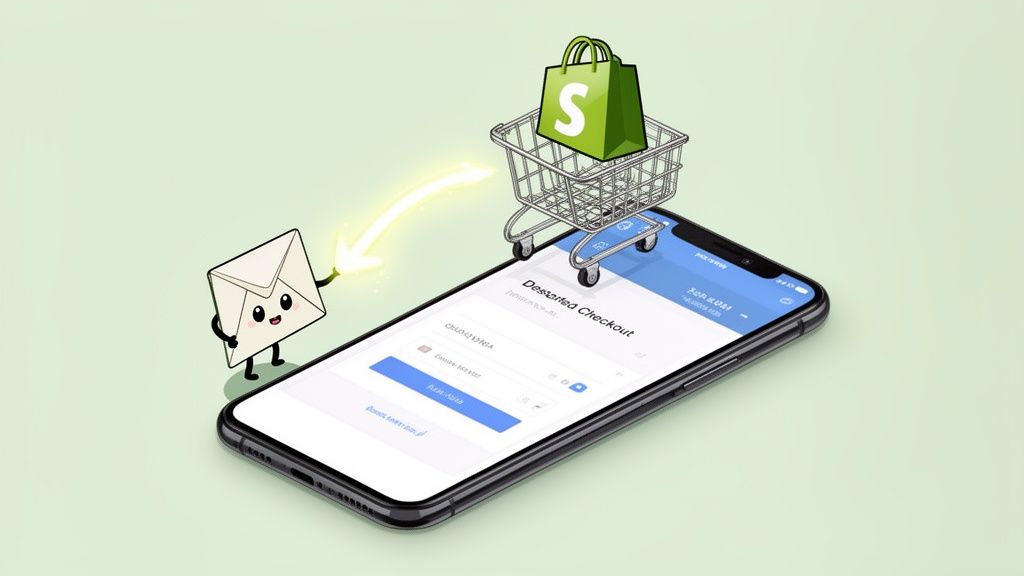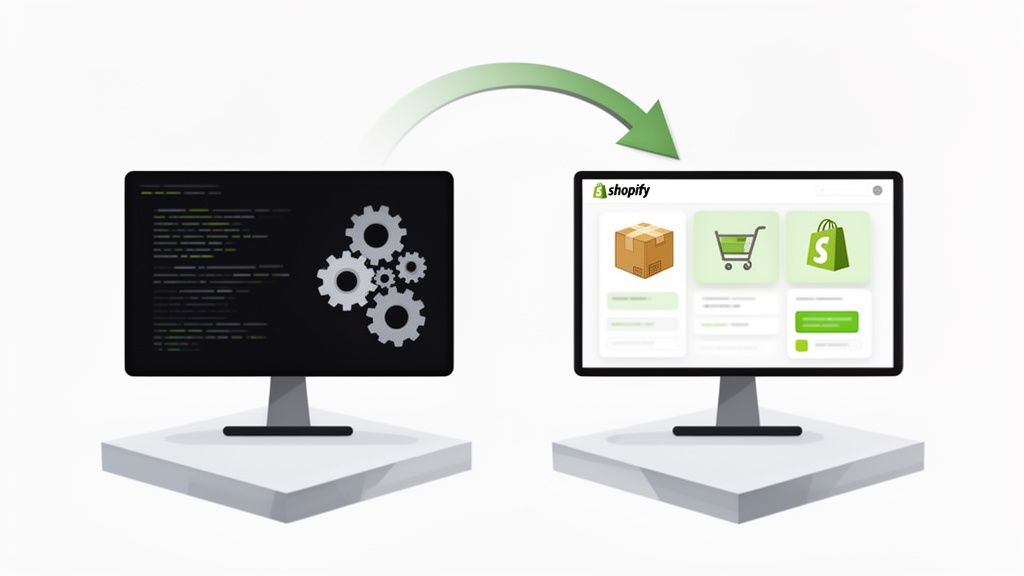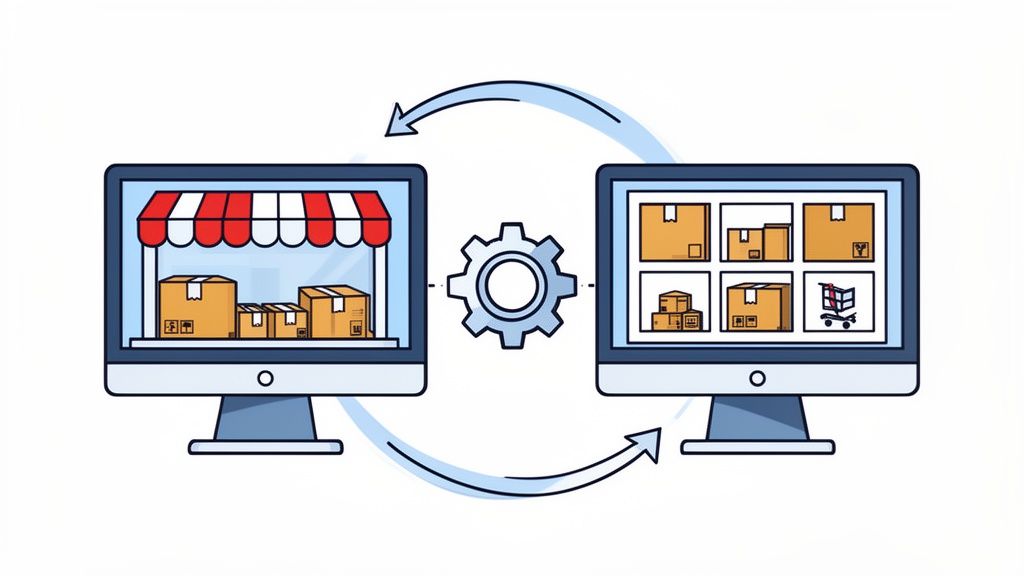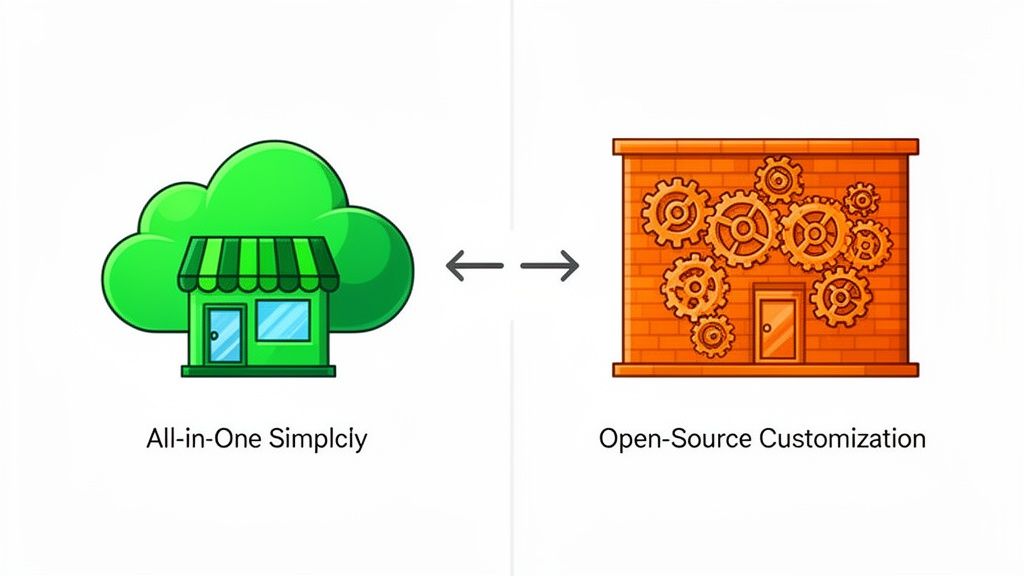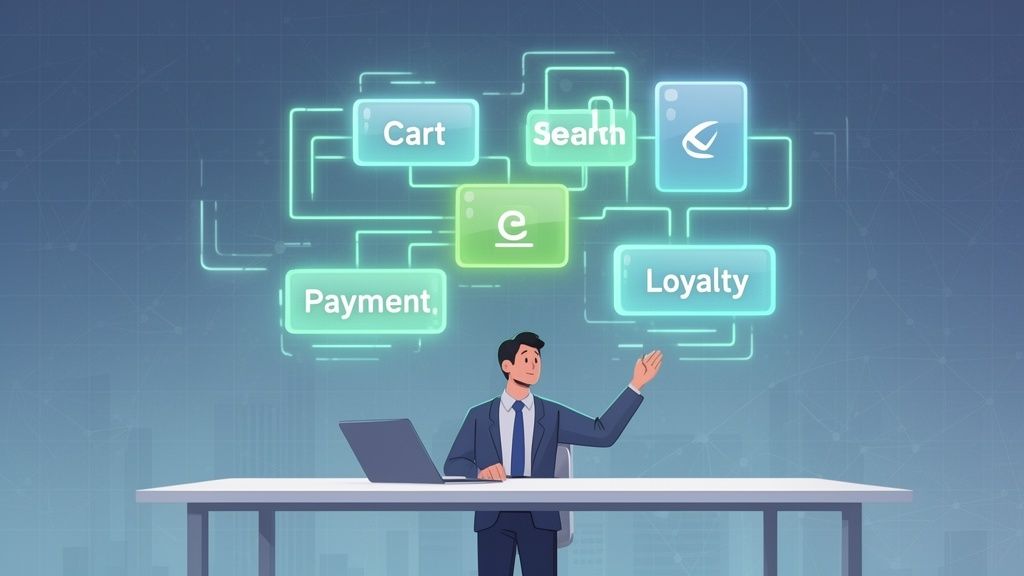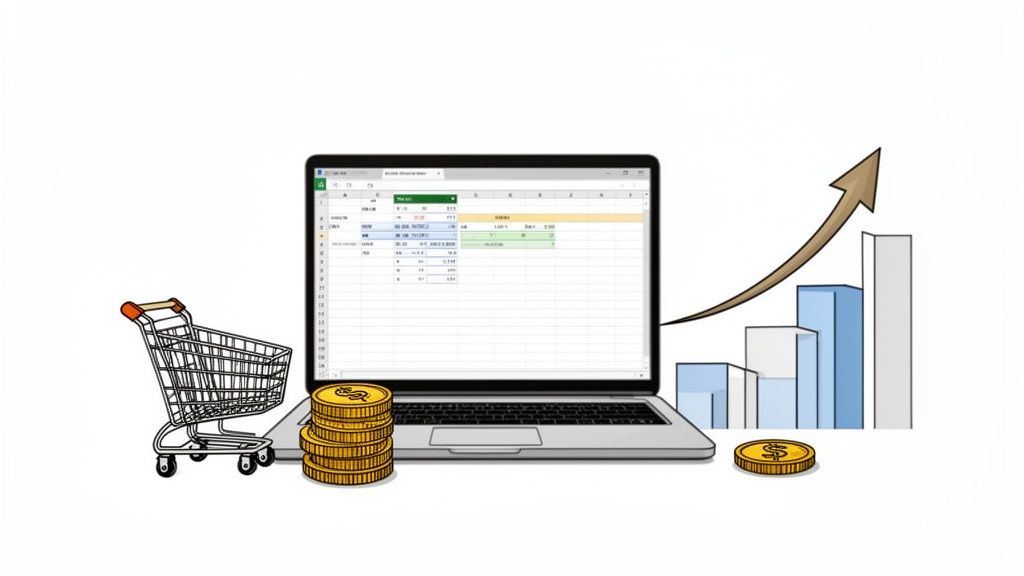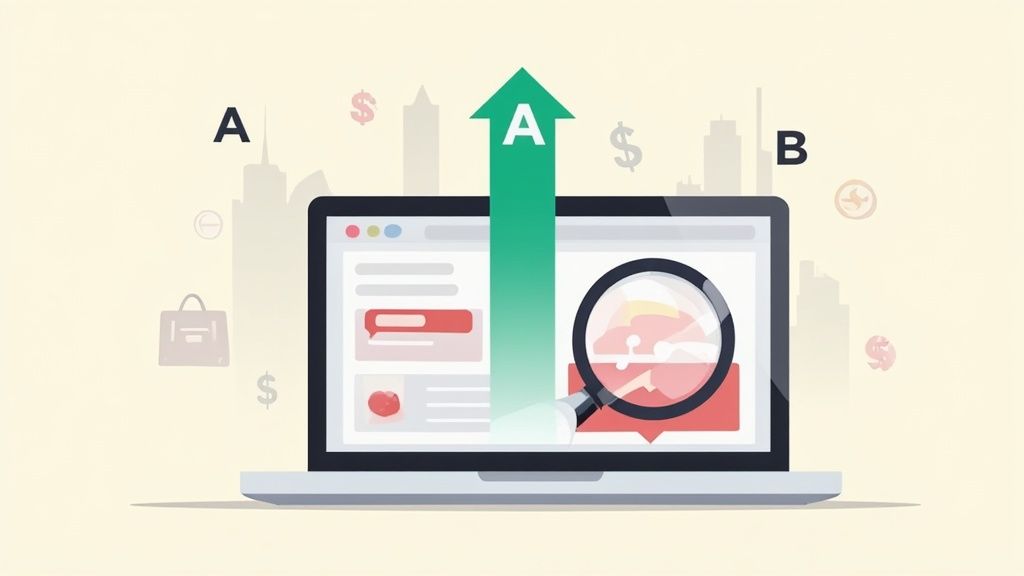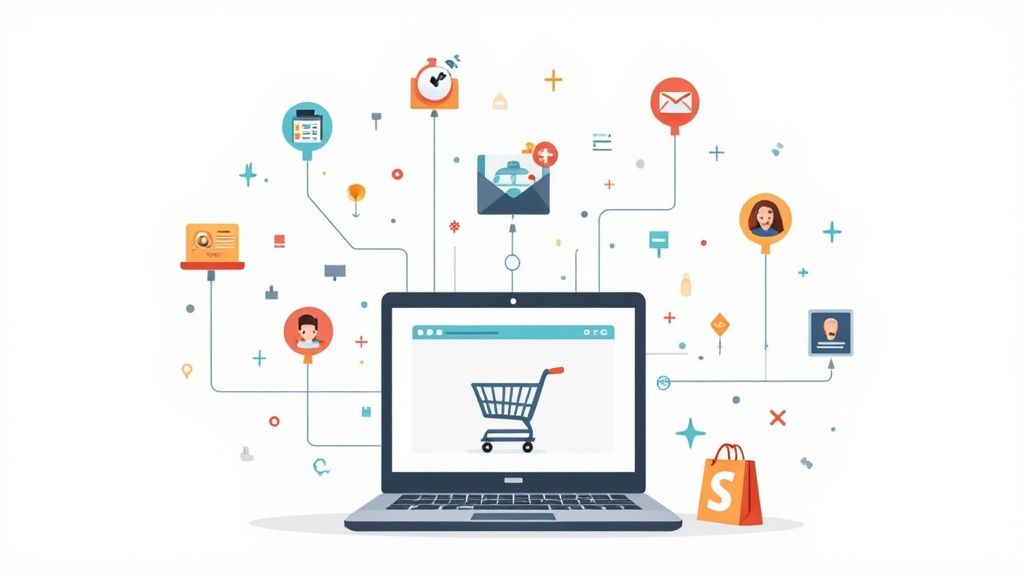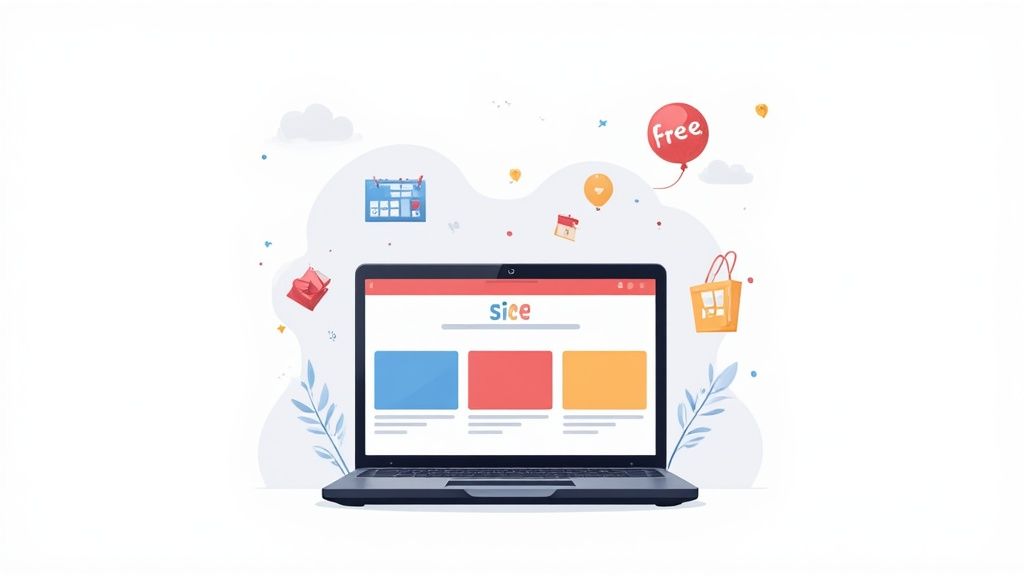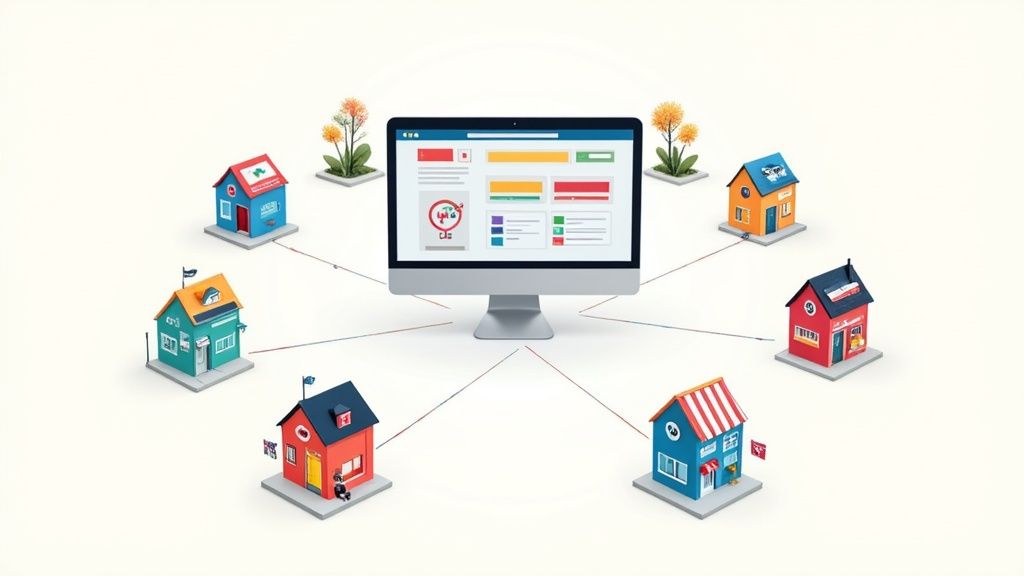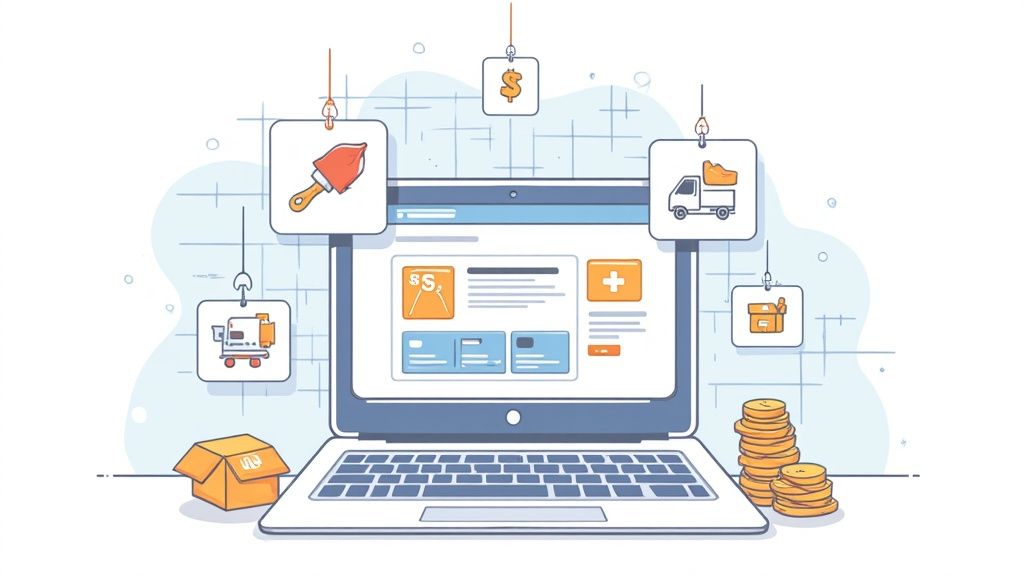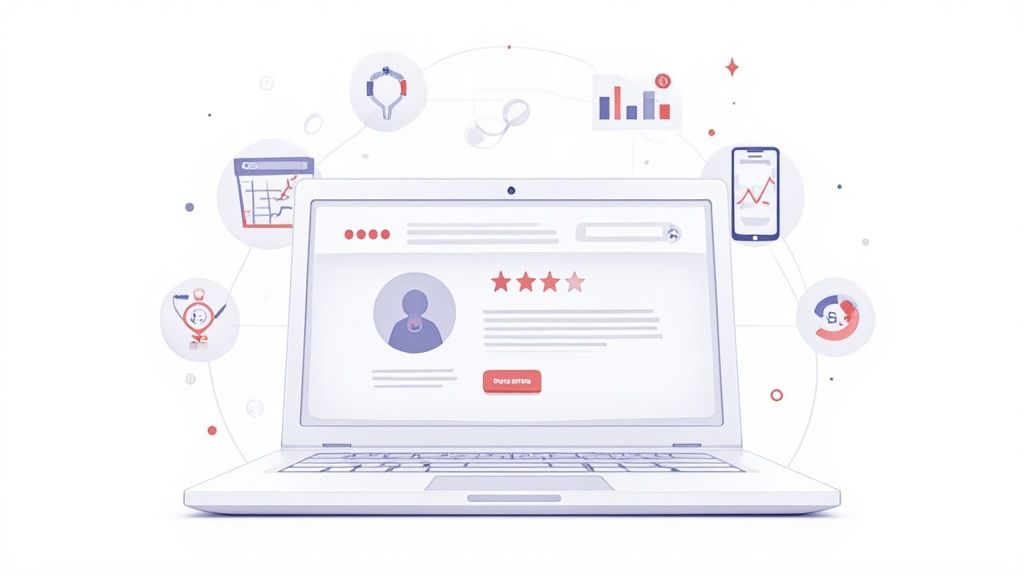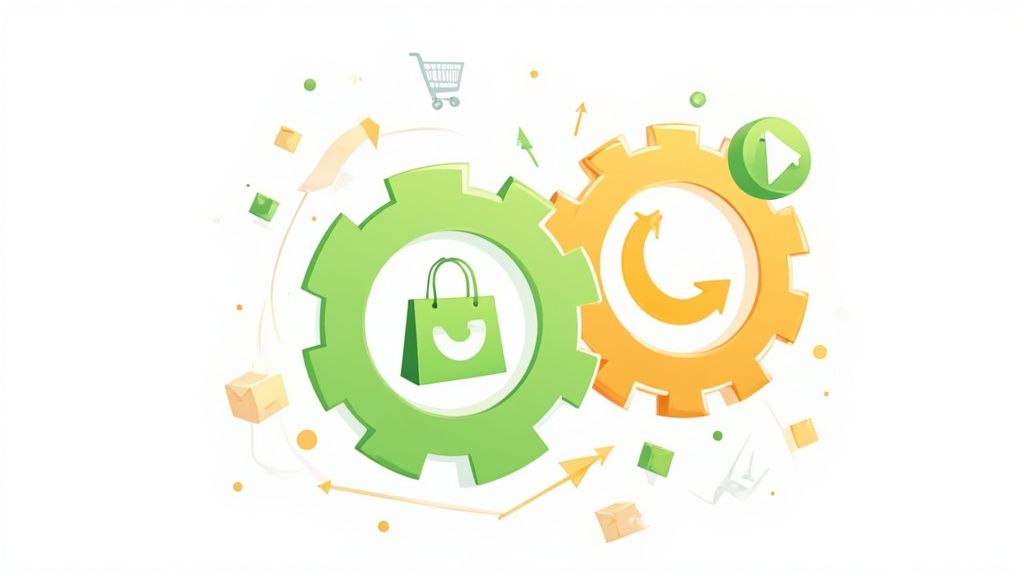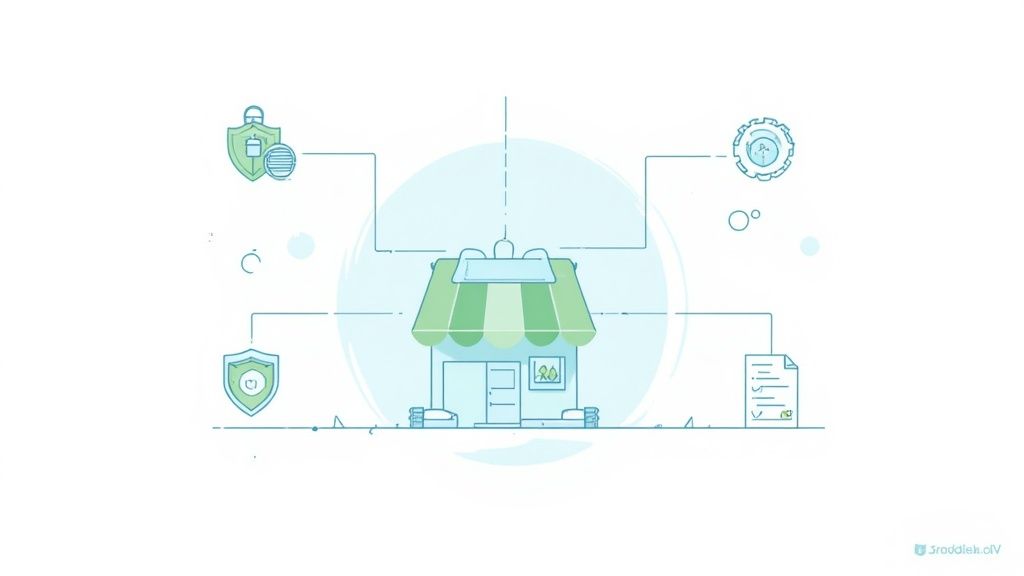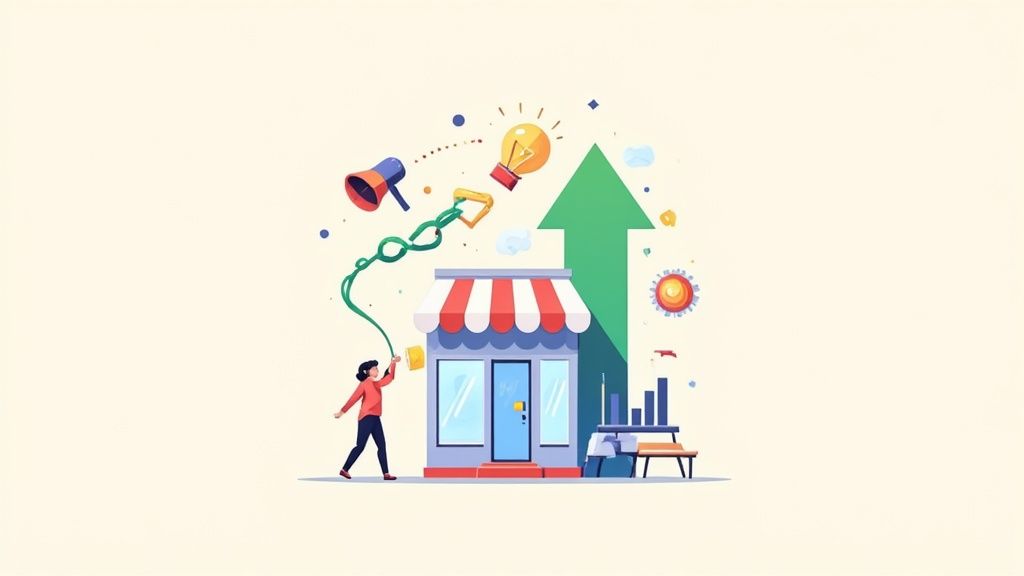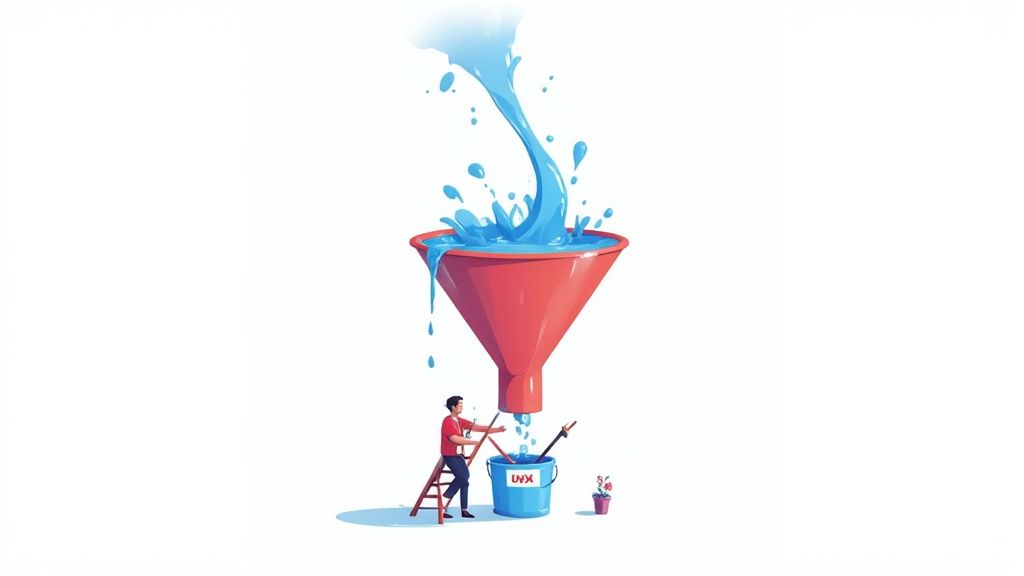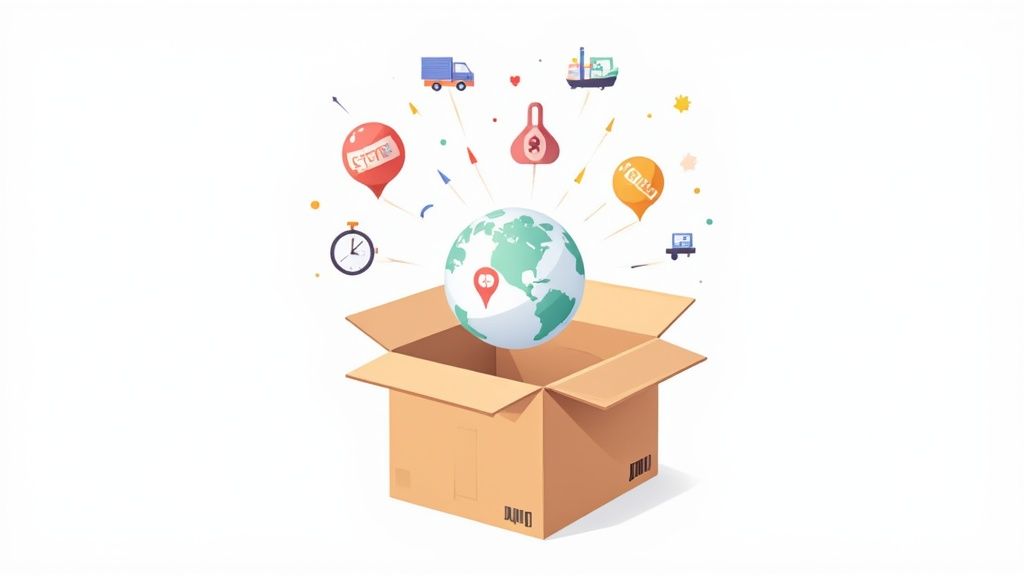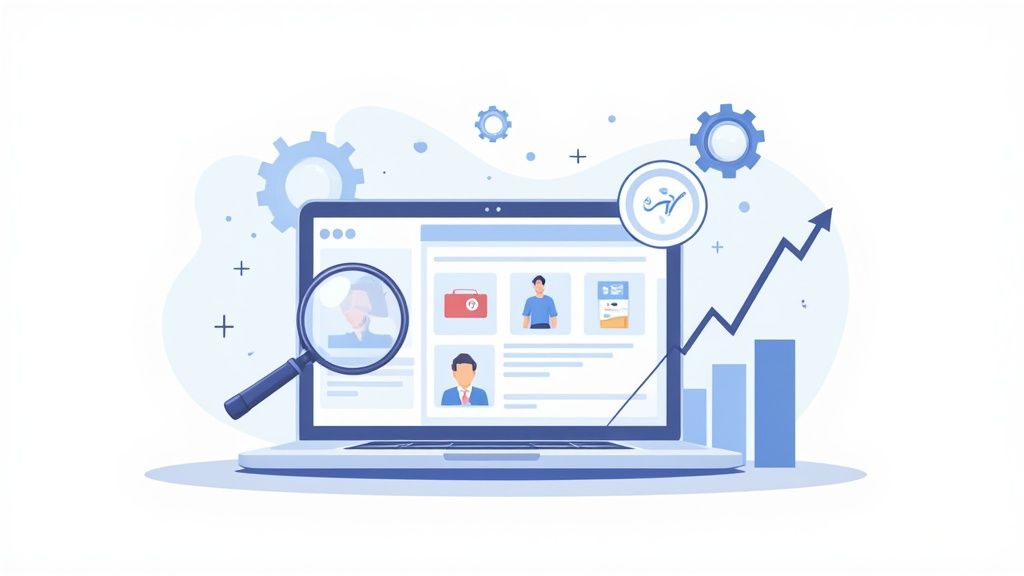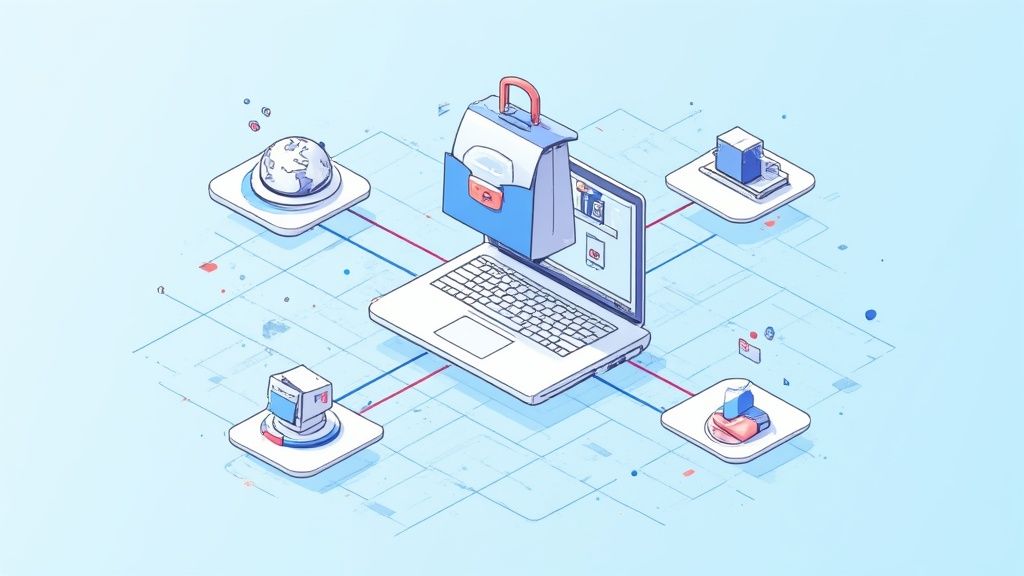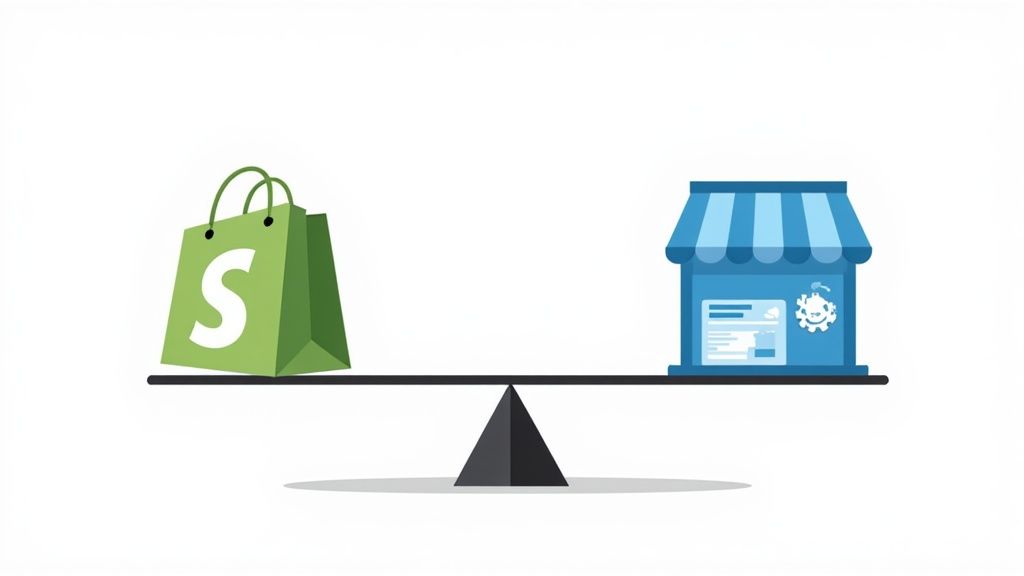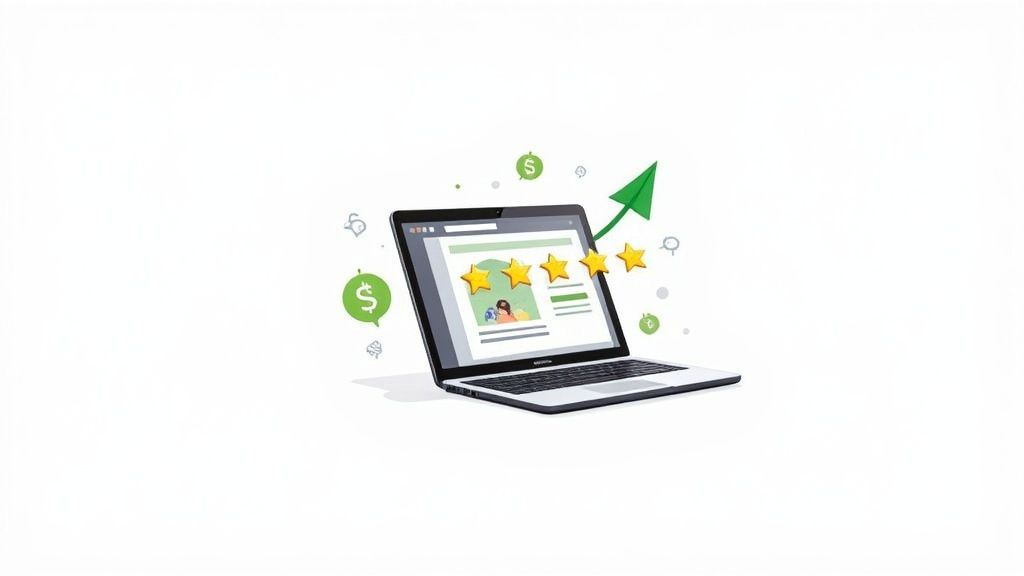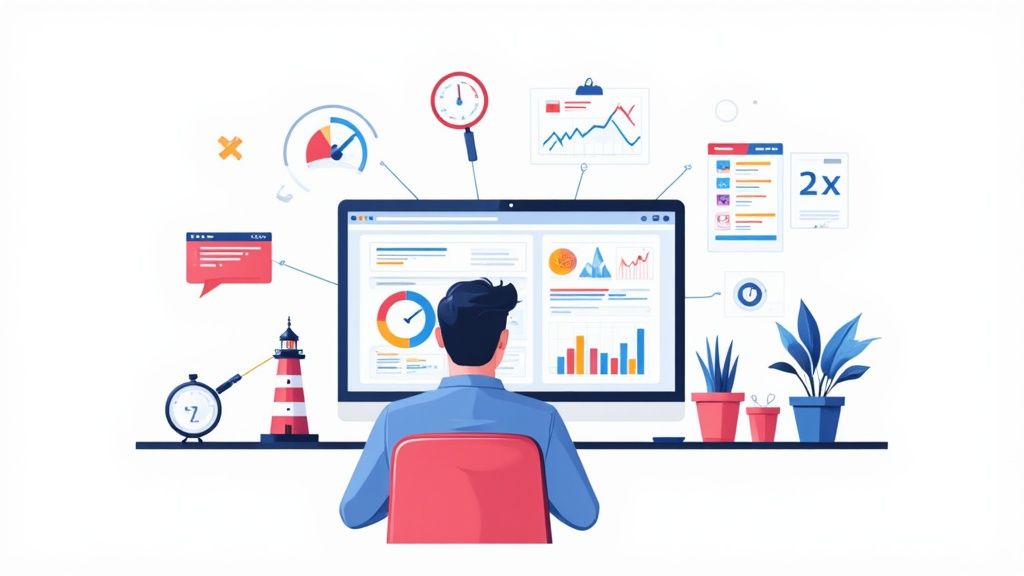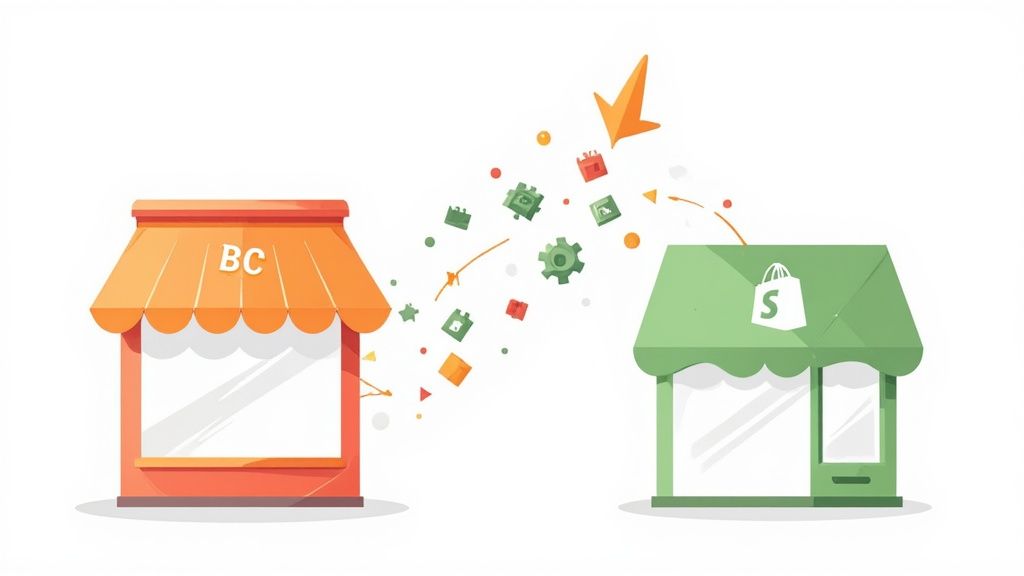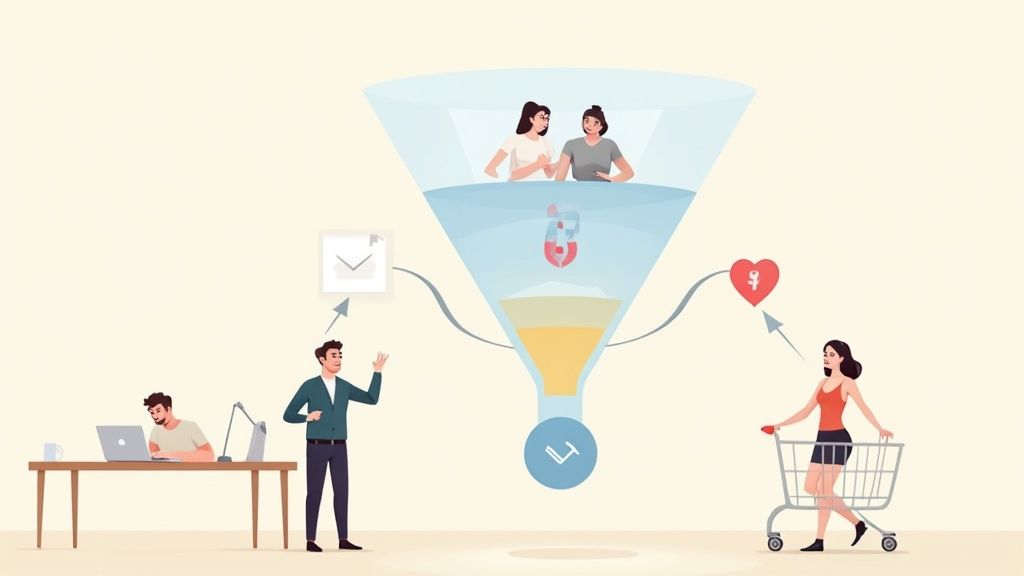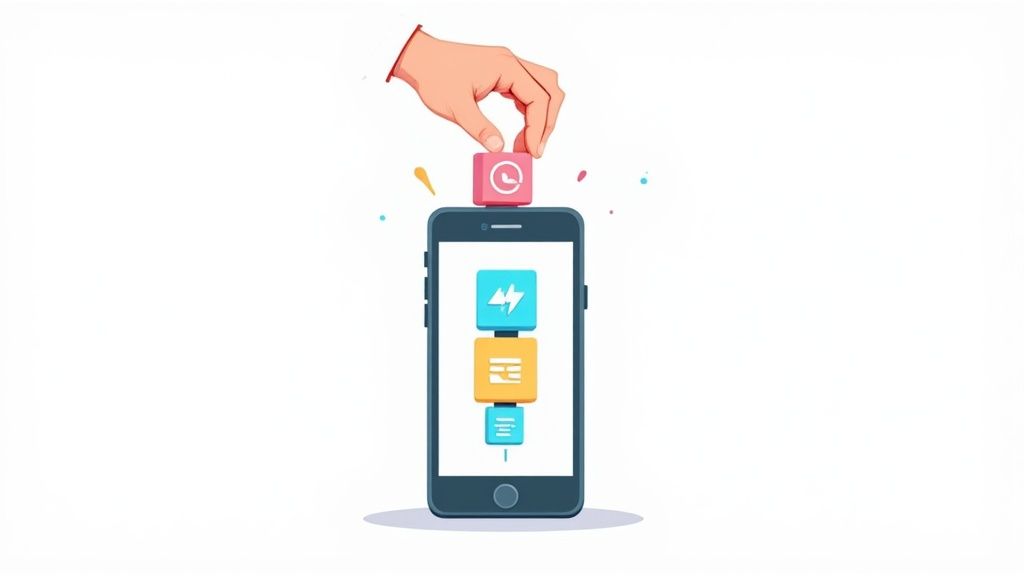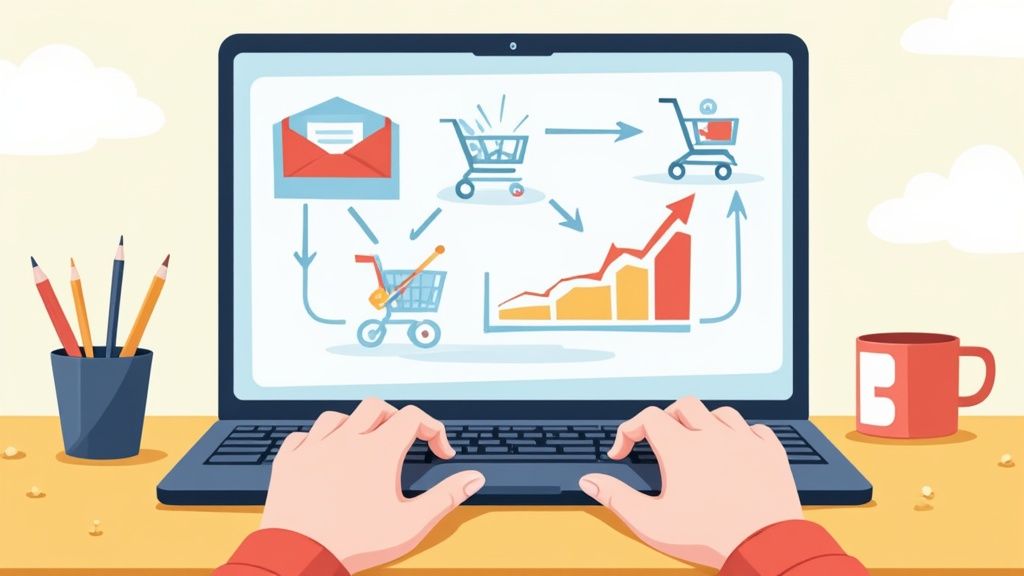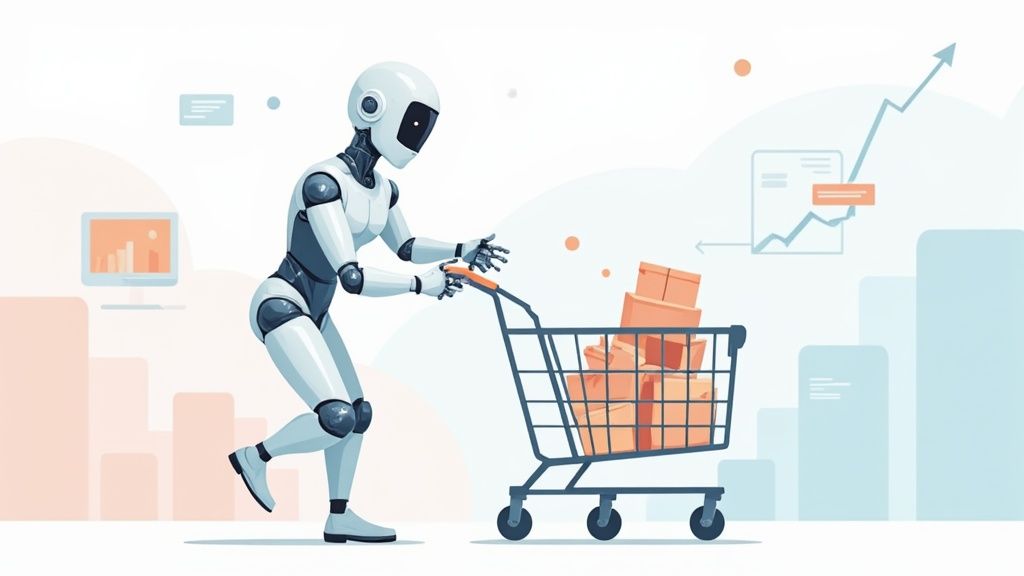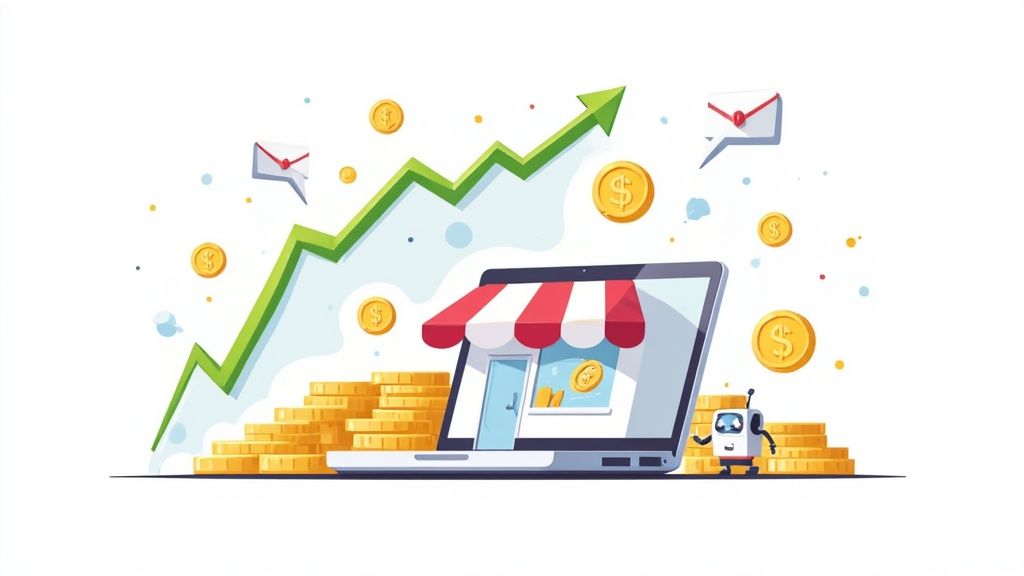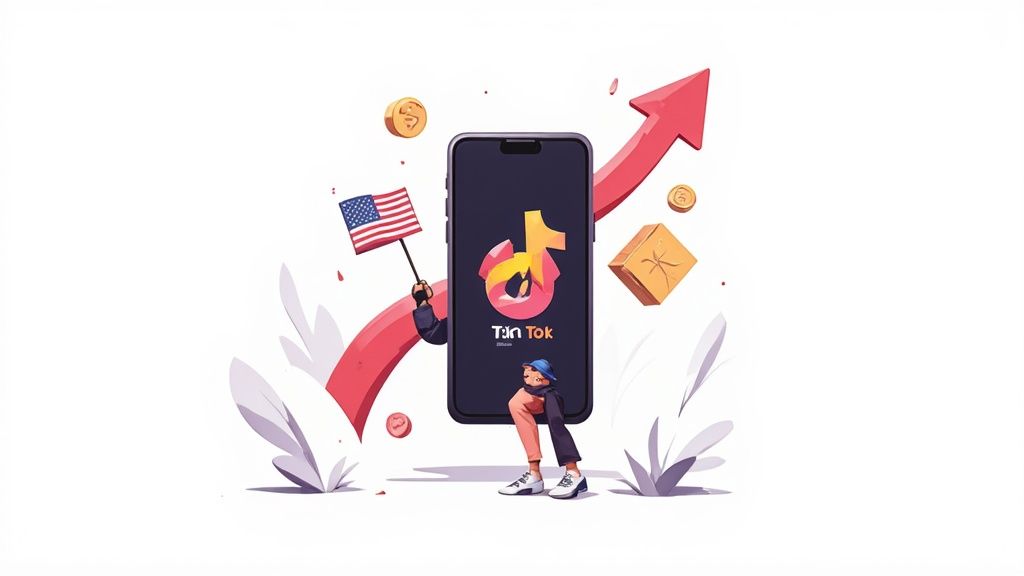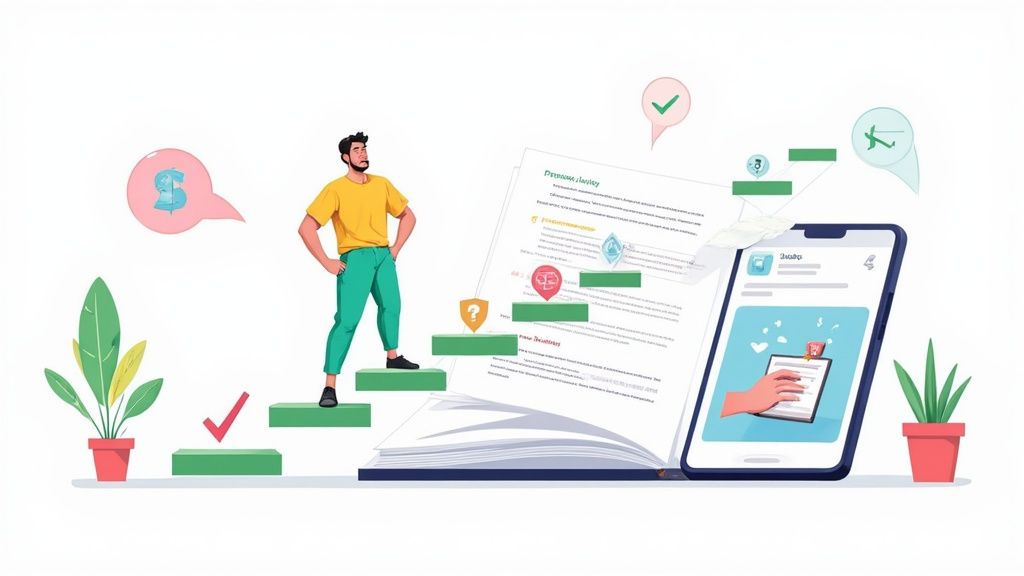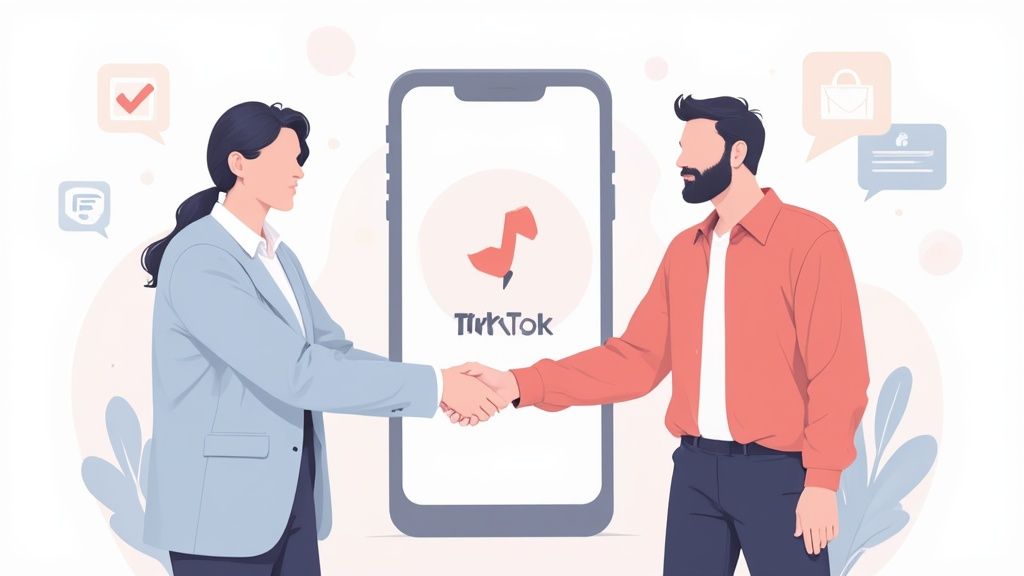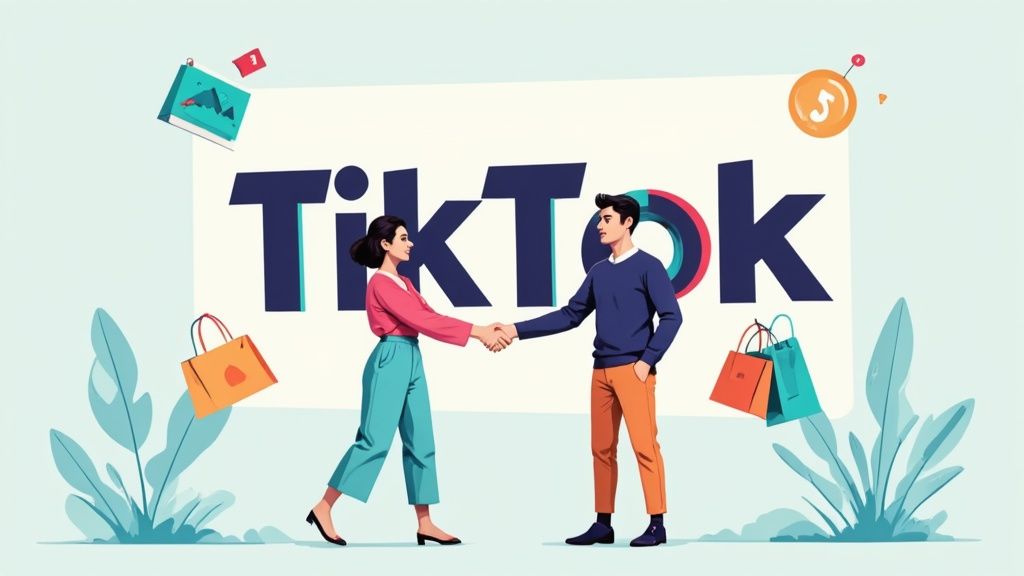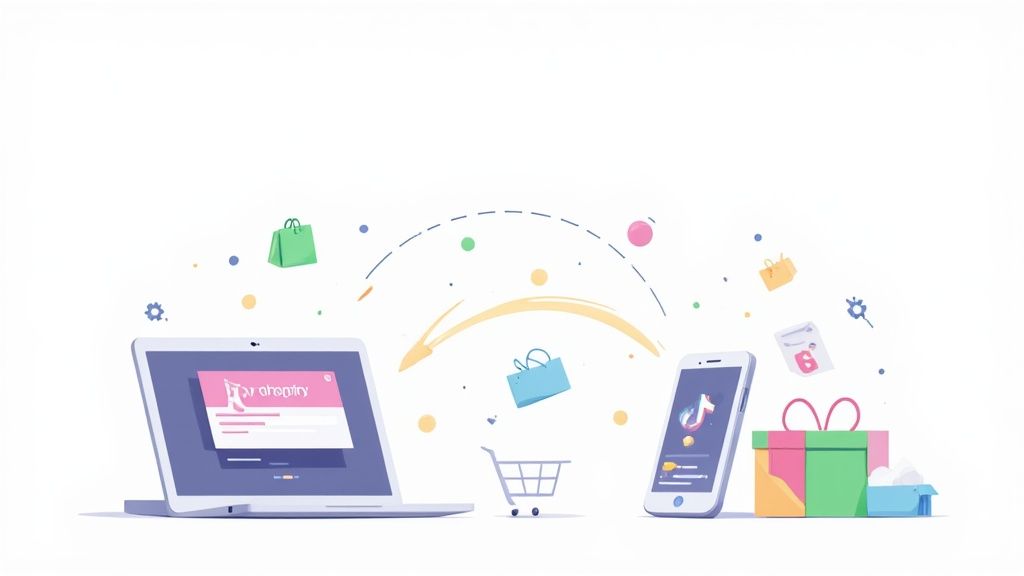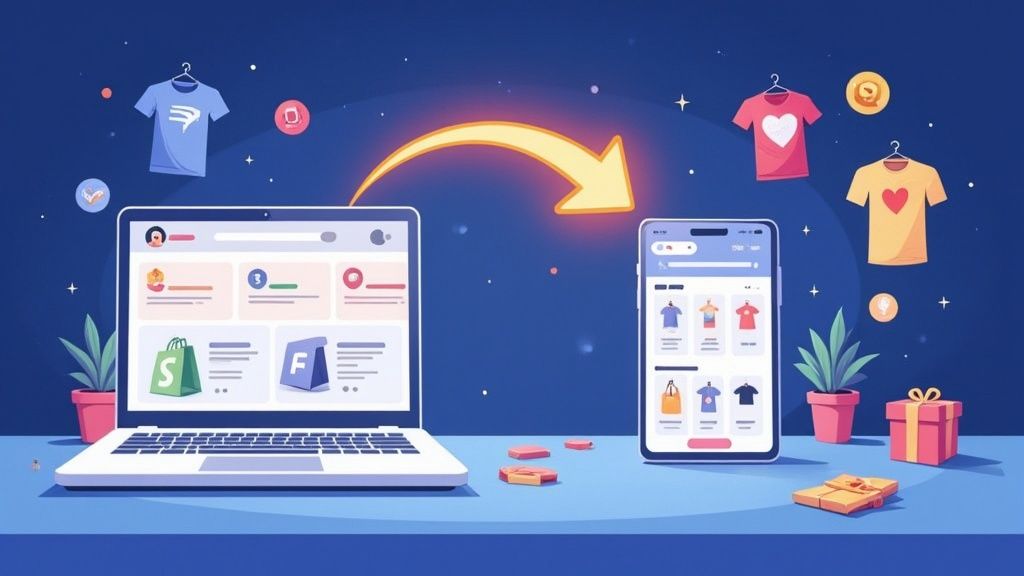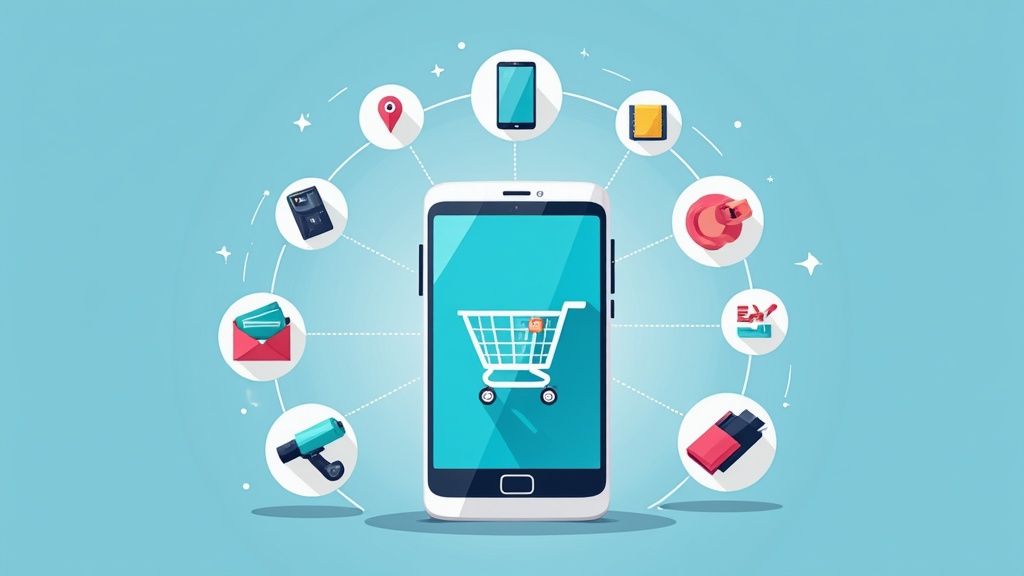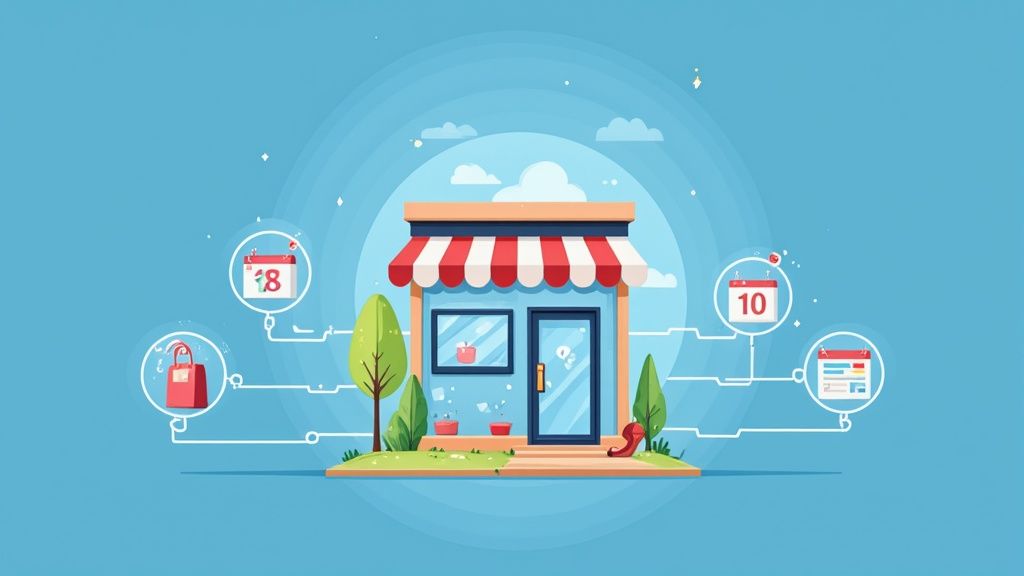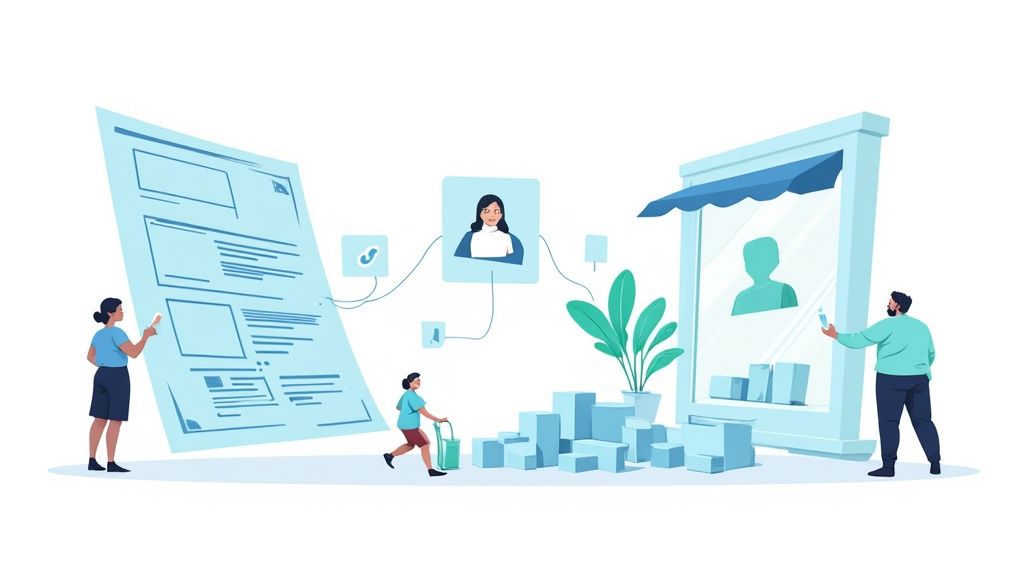
To keep up with changing consumer behavior, such as personalization and subscription-based models, businesses and eCommerce must adjust and shift their strategy. Businesses can gain a competitive edge in the market by being aware of these trends. Particularly D2C models give businesses and eCommerce the freedom to eschew conventional retail channels, providing them more control over the consumer experience and allowing them to forge closer, more direct bonds with their clients. In this post, we will examine the major trends influencing e-future commerce and how you can incorporate them into your business plan to promote DTC growth and success.
The following D2C trends will change the way that businesses work in 2023:
1. Recession-proofing with retention
As 2023 approaches, a recession is on the horizon and D2C market competition is heating up. In such a competitive market, brands may find it challenging to expand and prosper. Retention is one strategy that D2C brands can use to succeed in 2023. The secret to making your D2C business recession-proof is retention. Brands may make sure that their customers will save up to buy from them by focusing on client retention and implementing a loyalty program. This not only lowers the expense of bringing on new clients but also helps the company grow independently and establish lasting partnerships that will endure difficult times.
2. Focus on customer lifetime value over conversion rate
In the D2C sector, customer lifetime value will go from a "nice to see" statistic to one that is "must track" by 2023. We can all agree that the cost of acquiring new customers is rising, thus it makes sense for firms to focus on maintaining their current clientele in order to increase earnings. As a result, businesses are beginning to give client lifetime value a higher priority than conversion rate.
3. Rise of Artificial Intelligence
The way D2C brands connect with customers is being revolutionized by artificial intelligence (AI). AI is increasingly being utilized to produce art and write copy, giving customers a more unique and interesting experience. Moreover, augmented reality (AR), virtual reality (VR), and AI technologies are being employed to make shopping more immersive. These technologies enable D2C brands to generate fresh, more individualized recommendations based on a customer's activity, purchase history, preferences, and demographic profile. Customers appreciate their buying experience more as a result, and D2C brands are better able to identify their target market and offer them a more tailored experience.
4. Hyper-personalization
Hyper-personalization is the process of using data and technology to give clients highly customized experiences. This can involve one-on-one conversations with chatbots and virtual assistants, personalized messages, and personalized product suggestions. D2C firms use a variety of data points, including browsing and purchasing patterns, demographic data, and even social media activity, to better understand their consumers and provide highly customized experiences.
5. Acquisition through advocacy
Advocacy-based client acquisition is a successful method for Direct-to-Consumer (D2C) businesses wishing to expand at a lesser cost. This method entails using your most devoted consumers to attract new ones by offering them rewards for leaving reviews and loyalty points for recommending your business to their friends and family. Since they are regarded as being more reliable and credible than conventional advertising, word-of-mouth recommendations are a potent marketing strategy. D2C businesses can take advantage of the effectiveness of word-of-mouth advertising and increase their customer base at a reduced cost by offering incentives for consumers to submit reviews and recommend their friends and family.
6. Optimizing customer experience
Direct-to-consumer (D2C) firms that are successful recognize how crucial it is to put their customers' needs first. In light of increased competition and increasing consumer expectations, it is more crucial than ever to give customers a satisfying and frictionless purchasing experience. One of the most important methods to improve the customer experience is to emphasize personalization. Brands may differentiate themselves from the competition and increase client loyalty by using consumer data and marketing automation to create distinctive and memorable encounters.
7. Shifting brand focus from discounts to value
Companies are shifting away from conventional discount-based marketing methods and putting a greater emphasis on giving their clients value. D2C businesses can increase efficiency and customer satisfaction by using automation. By utilizing automated email campaigns and tailored product recommendations, they can provide a more individualized experience.
8. Social commerce and community boom
The direct-to-consumer (D2C) industry is seeing a spike in social commerce and community as more and more consumers utilize social media as a search engine and look for sincere feedback from others. In order to create communities around their goods where customers can share their experiences, ask questions, and offer feedback, brands are now making use of platforms like TikTok, Instagram, and Facebook.
9. Prioritizing post-purchase experience
Direct-to-consumer (D2C) firms are increasingly focusing on the post-purchase experience as customers anticipate a smooth and enjoyable shopping experience. This pattern is currently in place and will intensify in 2023. Concentrating on the packaging experience is one strategy to improve the post-purchase experience. Brands may provide customers with a satisfying and memorable unboxing experience by making the packaging memorable and aesthetically pleasing. By fostering a great return experience, D2C brands are also enhancing the post-purchase experience. D2C businesses are beginning to view returns as a means to keep customers satisfied and loyal rather than as an expense.
10. The continued rise of omnichannel
In the direct-to-consumer sector, the emergence of omnichannel is vital because consumers want to be able to interact with companies across many platforms and channels. The term "omnichannel" describes a customer's ability to interact with a brand over a variety of channels, including online, offline, and mobile. D2C firms are now using a variety of platforms to connect with consumers, including social media, online marketplaces, and even physical stores. As a result, businesses may reach a larger audience and give customers a more convenient and effective shopping experience.
11. Greater emphasis on sustainability and social responsibility
Customers who prioritize sustainability and social responsibility in their D2C brands are likely to witness an increase in demand for their goods and services as consumers become more aware of how their purchase decisions affect the environment and society. Direct-to-consumer retail can demonstrate its commitment to sustainability and social responsibility by using eco-friendly packaging and obtaining materials from sustainable sources. A portion of their profits may be donated to a good cause, or they could promote fair trade and moral manufacturing procedures to further assist social concerns.
Final Thoughts
Any business must follow the D2C trends listed above. Brands will be able to stay ahead of the competition, boost sales, and raise profits if they keep an eye on these changes and modify their approach as necessary. If you are new to the business and eСommerce you can use Shopify. It is an effective way to drive brand recognition, boost sales, increase inventory turnover, and improve the customer experience.








